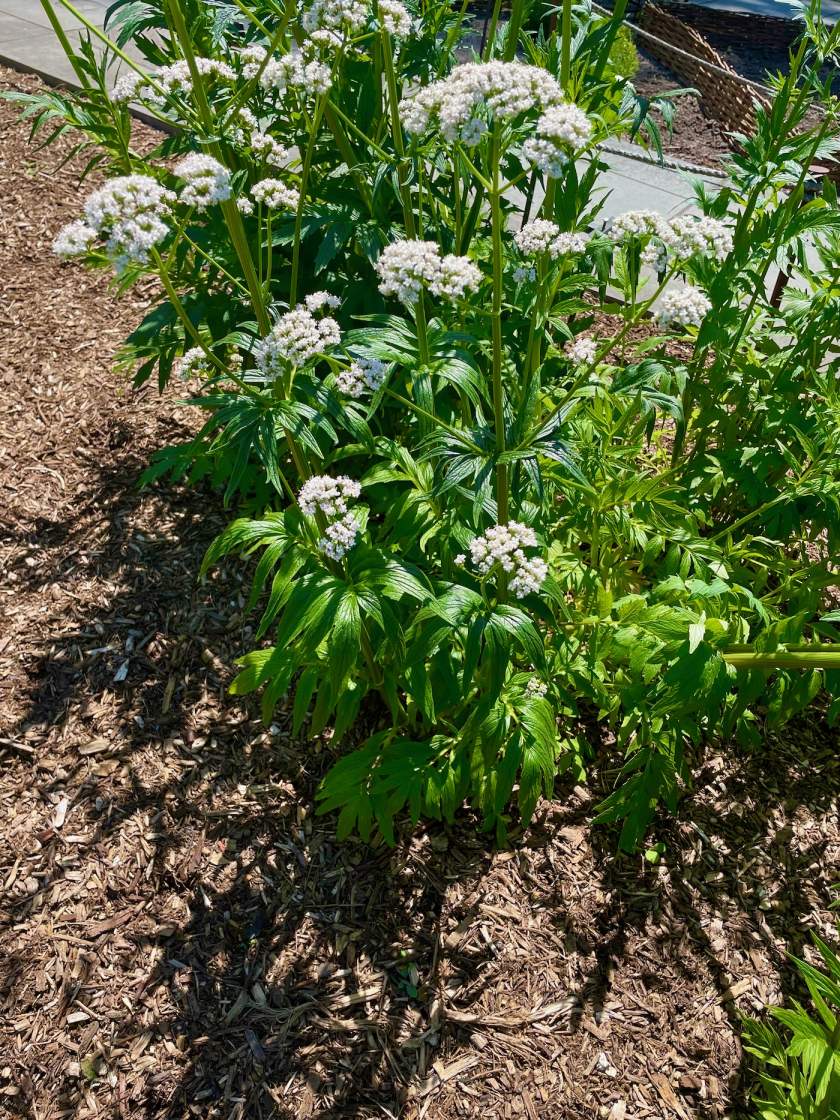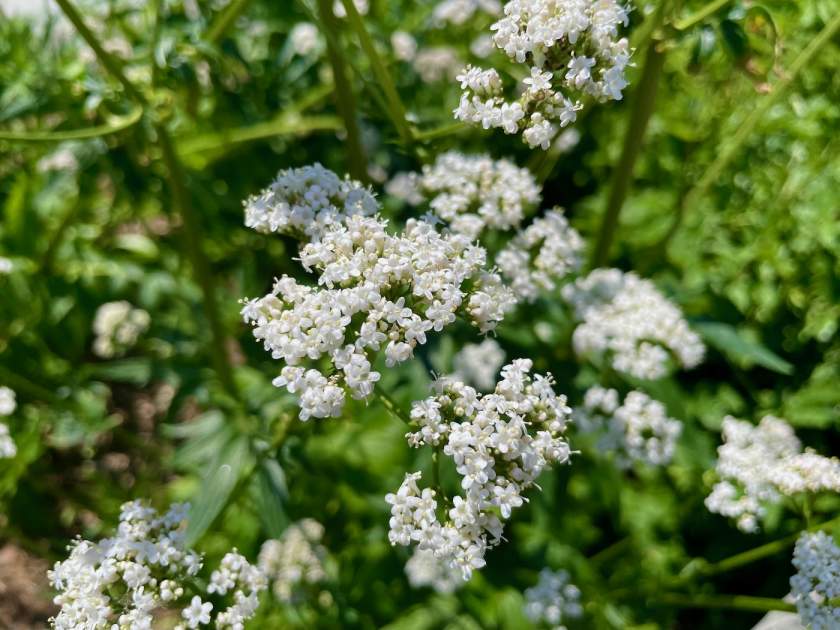Valeriana officinalis: A Medicinal Perennial Herb for Rest and Relaxation
Valeriana officinalis, commonly known as Garden Heliotrope or Garden Valerian, is a herbaceous perennial plant that belongs to the Caprifoliaceae family. It is native to Europe and Western Asia, and it has been valued for its medicinal properties for centuries. With its fragrant leaves, stems, flowers, and roots, Valeriana officinalis is known for its potential to promote relaxation and improve sleep. Let’s explore the characteristics and cultivation of this remarkable herb.
Characteristics of Valeriana officinalis:
Leaves and Flowers: Valeriana officinalis features deeply lobed basal foliage with odd-pinnate leaves. Each leaf consists of 7-10 pairs (plus a terminal leaflet) of toothed, lance-shaped leaflets. When bruised, the leaves emit a pleasant fragrance. In the summer months of June to July, tall, slender stems emerge from the clump of foliage, adorned with highly fragrant, salverform flowers. These flowers are trumpet-shaped and can range in color from white to pale pink, adding beauty and elegance to the plant.
Cultivation of Valeriana officinalis:
Sunlight: Valeriana officinalis thrives in full sun conditions. While it can tolerate some light shade, excessive shade may cause the stems to flop.
Watering: This herbaceous perennial requires medium to wet levels of water. It prefers moist, well-drained soils. Adequate watering is especially important during the first year after planting.
Soil: Valeriana officinalis performs well in average garden soils. It prefers moist, rich loams but can adapt to various soil types. Well-drained soil is crucial for its healthy growth.
Pest and Disease Management: Valeriana officinalis is generally resistant to pests and diseases. However, it may be susceptible to common garden pests like mealybugs and spider mites. If infestations occur, treatment with insecticidal soap or neem oil according to label instructions can effectively control these pests.
Propagation: Valeriana officinalis can be propagated through various methods. It can be grown from seeds, which should be sown in well-prepared soil in early spring. Alternatively, the division of mature plants in early spring or late autumn is another viable propagation technique.
Harvesting and Uses:
The roots of Valeriana officinalis are known for their medicinal properties. Traditionally, they have been used to alleviate anxiety, restlessness, and insomnia. Extracts from the roots have been incorporated into herbal teas, perfumes, and even food products for flavoring. To harvest the roots, it is recommended to dig up the plants in the autumn when the concentration of active compounds is at its highest.
Valeriana officinalis, with its fragrant leaves, captivating flowers, and soothing properties, is a valuable herbaceous perennial. Whether used for its potential sleep-enhancing qualities or enjoyed for its aesthetic appeal in the garden, Valeriana officinalis is a plant that continues to captivate and offer a natural remedy for rest and relaxation.
Please note: While Valeriana officinalis has a long history of traditional use, it is always important to consult with a healthcare professional before using any herbal remedies for therapeutic purposes.





